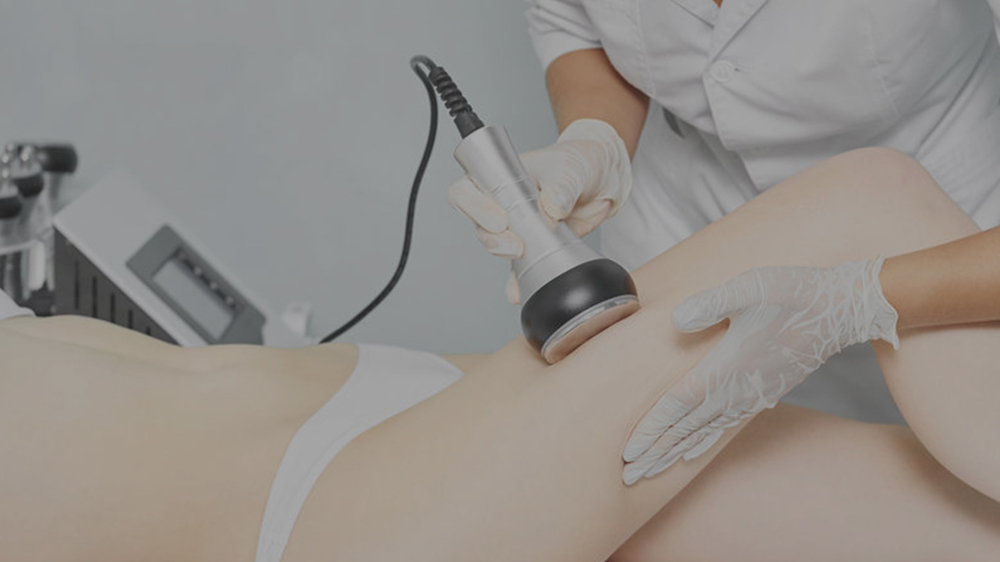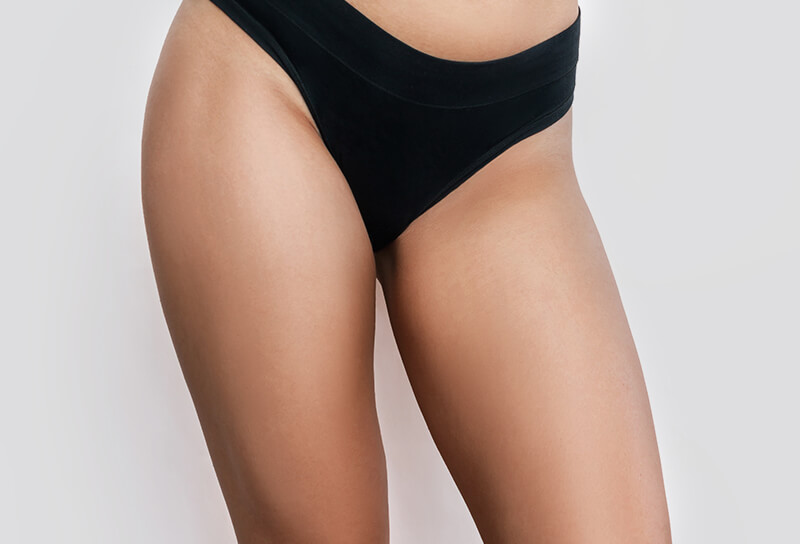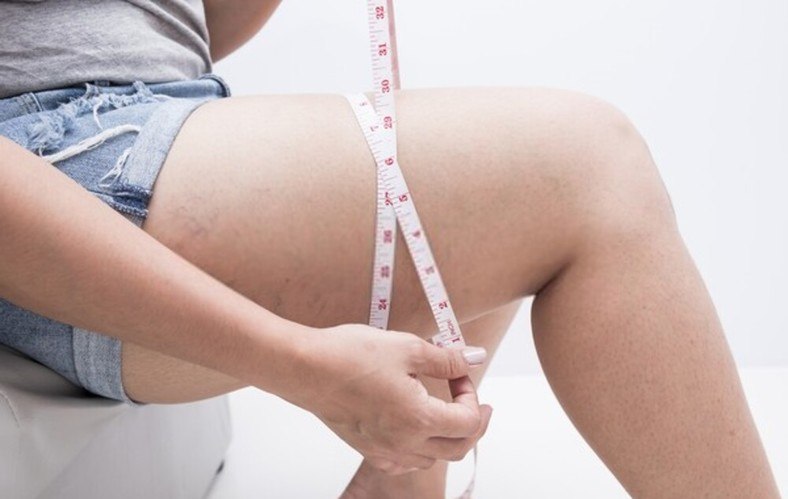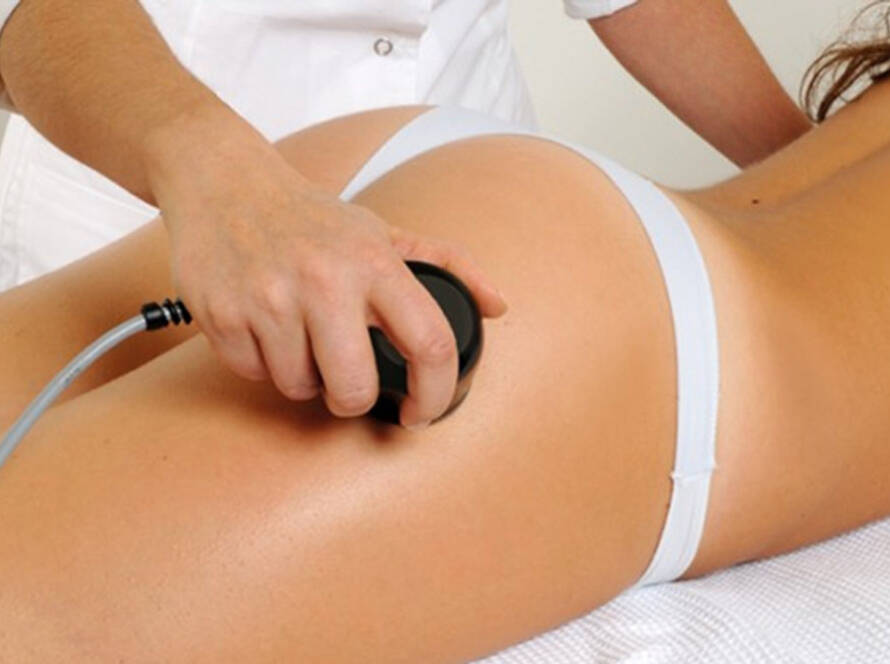Microneedling before and after

This system is rejuvenated by micro needling, which is also referred to as collagen induction therapy. It also helps to naturally encourage the production of collagen. This technique gently pokes the top layer of your skin with the help of a derma roller that has several tiny needles attached to its head. The skin is stimulated to heal itself after micro needling cause’s tiny tears. Through the healing process, this regenerative system strengthens the skin by increasing protein production, much like a muscle.
Devices that can be used at home offer a safe D.I.Y. option to test out this technique. However, for a deeper treatment and more observable skin benefits, professional micro needling procedures use derma rollers with longer needles.
Due to the nature of the procedure, proper micro needling preparation and aftercare can make all the difference in ensuring that your skin is protected and receives the best possible long-term results. We are here to help you every step of the way and to explain what to anticipate at each stage of your micro needling journey.
Micro needling before care
Consider your medical history carefully before scheduling a session because this is not your typical facial. There are several products you might need to avoid using in the weeks (or months) prior to your micro needling appointment, ranging from medication-related grace periods to your regular beauty routines. For those who qualify, it’s crucial to change any habits in order to keep your skin as calm as possible before your pores are pricked.
- Do a medication inventory.
In your eagerness to reserve a treatment, it’s easy to forget about this step, which is extremely crucial. Accutane, similar oral medications based on isotretinoin, and topical retinoid should all be avoided six months prior to microneedling for people with acne-prone skin. It serves two purposes to take this precaution. These prescription medications can make your skin more sensitive and prone to irritation. They are fairly potent medications.
The 72 hours before and after the procedure should not be spent taking any blood-thinning medications, such as aspirin, ibuprofen, and other nonsteroidal anti-inflammatory drugs (NSAIDs), or nutritional supplements, such as fish oil, vegetarian omega-3, vitamin E, turmeric, ginger, or garlic tablets. These products can stop your blood from clotting, which may impede the healing of your skin while you’re recovering.
- Change your skincare regiment
Treat your skin as if it were already extremely sensitive in the days before your appointment. In practise, this means limiting your exposure to UV rays and harsh chemicals. For at least 48 hours prior to microneedling, you should avoid using abrasive skincare products like retinol, exfoliants, topical antibiotics, and acids.
- Review Your Other Beauty Procedures
Prior to microneedling, be aware of your hair removal methods. For at least two weeks prior to your appointment, avoid getting treated with electrolysis, laser hair removal, waxing, or using hair removal creams. Two weeks should pass before micro needling in order to avoid cosmetic procedures like Botox, other laser beauty treatments, and chemicals. These procedures short-term increase skin sensitivity and irritation susceptibility.
- Integrate healthful dietary and lifestyle practises
Every aspect of your long-term health is supported by a healthy diet and lifestyle choices, and your skin, the largest organ in your body, is no exception. The healing process and collagen production will be greatly aided by maintaining these healthy behaviours.
- Regardless of how well you prepare, your skin will be primed (or Not)
Keep your skin clean, dry, and makeup-free on the day of your appointment. The area will remain calm and free of germs and dirt by using a gentle cleanser and moisturiser. Your dermatologist or medical aesthetician will wash and dry your face for you if you skip this step.
Micro needling after care
Like with tattoos, proper aftercare is crucial to achieving the best results from micro needling. To avoid skin infections while your wound is healing, carefully follow the instructions provided by your dermatologist or medical aesthetician.
- Taking Care of Your Punctured Skin
Following the microneedling procedure, your skin may be temporarily raw, dry, sore, and/or red. For the next one to two weeks, anticipate it to be extremely sensitive to any bacteria, abrasive treatments, and sunlight. Your skin will be supported in this highly tuned state by regular cleansing, hydration, and appropriate sun protection. To keep your skin and body hydrated, be sure to drink plenty of water.
- Treating your skin after being pricked
In the moments following the micro needling procedure, your skin may appear red, slightly sore, dry, or even a little raw. For the next one to two weeks, you should anticipate it to be extremely sensitive to any bacteria, abrasive treatments, and sunlight. Your skin will be able to maintain this ultra-attuned state with regular cleansing, hydration, and sun protection. In order to keep your body and skin hydrated, make sure to drink plenty of water.
- Things to avoid following micro needling
For the first 48 to 72 hours following the procedure, your skin is most susceptible. To avoid the area becoming irritated, infected, or inflamed, avoid engaging in any skincare or lifestyle practises that introduce harsh chemicals or potentially infectious organisms. If you experience any side effects, such as peeling, dryness, or even a few breakouts, remember that these are typical facets of the procedure.
For at least 24 hours, refrain from applying makeup (the more days you can go without it, the better), and stay out of the sun for three days after micro needling.
- Results that Shine
Within a week, the general brightness and texture of your skin should start to noticeably improve. The entire redness ought to have subsided during this time. At this point, some people might continue to experience minor breakouts. Your collagen production ought to quicken over the following three to four weeks for a more pore less and radiant appearance. For those looking to address early signs of ageing (or give skin a pick-me-up) over the course of several months, one to three treatments should be sufficient to produce the desired effects.
Outlook and upkeep over the long term
Every four to six weeks in between sessions, micro needling can be done without risk. It’s inevitable that your skin will change over time. Fortunately, this procedure takes on a range of skin issues, including fine lines, acne, uneven skin tone, and tattoo removal.
Refresher sessions can typically be scheduled without any risk throughout the years as a non-invasive treatment. Although this now-common practice might appear to be all about aesthetics, it should also be seen as a self-care ritual that will help you feel confident in your own skin.












